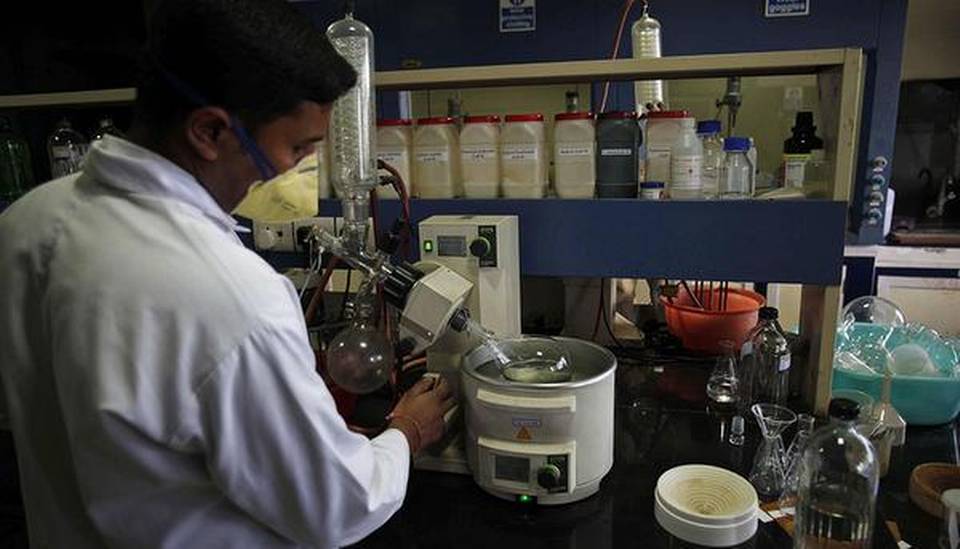Study Finds High Levels of Cancer-Causing Heavy Metals in Odisha Wetlands
While the water from these wetlands is not directly used for human consumption, people in surrounding communities can indirectly consume heavy metals by consuming various foods from these wetlands, such as fish, rice, vegetables, and spinach. This indirect exposure can lead to the incorporation of heavy metals into the food chain and subsequently impact human health.
Research Objectives
The study aimed to achieve three primary objectives:
- Investigate the accumulation of heavy metals, including lead, chromium, copper, and zinc, in wetland soils.
- Assess the ecological risk posed by wetlands within agricultural landscapes.
- Examine the potential human health risks associated with lead and chromium exposure.
Study Sites and Sampling
The researchers selected eight wetlands, comprising both natural and constructed sites, for their study: Chandaneswar, Chilika, Daringbadi, Koraput, Bhadrak, Hirakud, Talcher, and Titlagarh. A total of 144 samples were collected from these wetlands.
Findings
The study identified the highest concentrations of lead (51.25 micrograms per gram) and chromium (266 micrograms per gram) in the Hirakud wetland. Bhadrak exhibited the highest concentration of copper (34.27 micrograms per gram), while Koraput showed elevated levels of zinc. All sites showed higher chromium concentrations than reported in previous studies.
Ecological Risk Assessment
An ecological risk assessment, which considered all tested metals together, revealed that Hirakud had the highest ecological risk index, followed by Talcher, Bhadrak, Titlagarh, Chilika, Chandaneswar, Koraput, and Daringbadi.
Carcinogenic Risk
Hirakud posed the highest carcinogenic risk among adults and children due to industrial development in the area, leading to heavy metal contamination of soil from effluents. Additionally, the western part of the study area, known for rice production, faces contamination issues through soil and pesticide use, increasing cancer risks among the local community.
Policy Implications and Awareness
The study’s findings can serve as a basis for the development of effective policies and awareness campaigns to address heavy metal contamination in Odisha’s wetlands. Raising awareness about the potential health risks associated with heavy metal exposure is crucial for public health and environmental protection.
Month: Current Affairs - October, 2023
Category: Science & Technology Current Affairs








